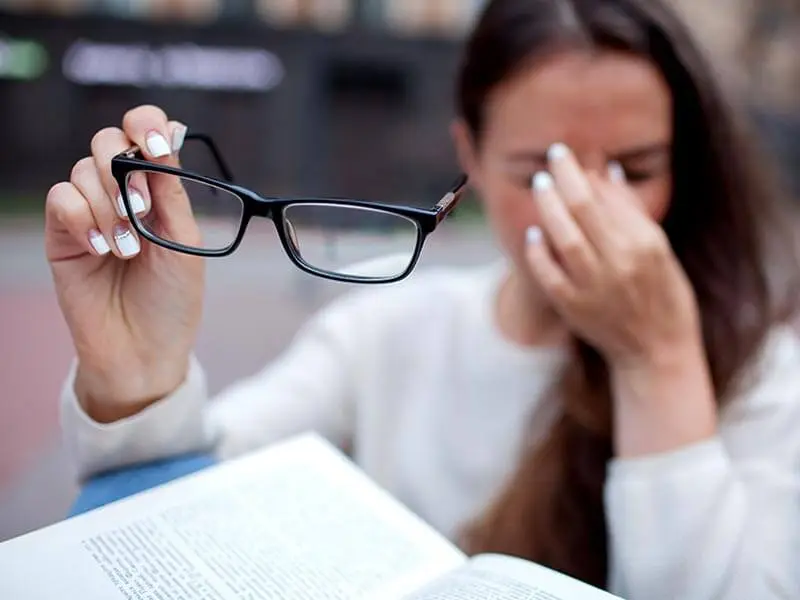Vision loss is a significant public health concern affecting millions of individuals worldwide. Whether it’s due to age, disease, or injury, understanding the causes, types, and preventive measures associated with vision loss is crucial. This comprehensive guide aims to provide valuable information to help readers navigate this complex topic.
1. The Importance of Vision
Our ability to see plays an essential role in daily life, influencing how we interact with the world around us. Vision allows us to recognize faces, navigate our environment, and engage in activities we love. Losing this ability can be devastating, not just physically but emotionally and socially. Understanding vision loss helps us appreciate its importance and the need for prevention and management strategies.
2. Common Causes of Vision Loss
Several factors contribute to vision loss, including:
a. Age-Related Macular Degeneration (AMD) )
AMD is a leading cause of vision loss in individuals over 50. It affects the macula, the part of the retina responsible for central vision, leading to blurred or distorted images.
b. Diabetic Retinopathy
Diabetes can damage the blood vessels in the retina, causing diabetic retinopathy. This condition can lead to severe vision impairment if not managed properly.
c. Glaucoma
Glaucoma refers to a group of eye conditions that damage the optic nerve, often due to high intraocular pressure. It can lead to gradual vision loss and is one of the leading causes of blindness.
d. Cataracts
Cataracts occur when the eye’s lens becomes cloudy, resulting in blurred vision. They are common in older adults and can be surgically removed to restore sight.
e. Retinal Detachment
Retinal detachment occurs when the retina pulls away from its underlying support tissue. This condition requires immediate medical attention to prevent permanent vision loss.
3. Recognizing the Symptoms
Early detection is key to managing vision loss effectively. Be aware of the following symptoms:
- Blurred or distorted vision
- Difficulty seeing in low light
- Double vision
- A gradual loss of peripheral vision
- Dark spots in your field of vision
If you or someone you know experiences any of these symptoms, it is vital to seek an eye care professional’s advice as soon as possible.
4. The Impact of Vision Loss on Daily Life
The effects of vision loss extend beyond the physical realm. Many individuals experience emotional distress, anxiety, and a reduced quality of life. Everyday activities such as reading, driving, and recognizing loved ones can become challenging. Moreover, social interactions may decline, leading to feelings of isolation and depression.
5. Preventive Measures for Vision Loss
While not all vision loss is preventable, several measures can help reduce the risk:
a. Regular Eye Exams
Routine eye examinations are essential for early detection of vision problems. Eye care professionals can identify changes in vision and recommend appropriate interventions.
b. Healthy Lifestyle Choices
Adopting a healthy lifestyle can significantly impact eye health. Incorporate the following habits:
- Balanced Diet: Consume foods rich in antioxidants, vitamins A, C, and E, and omega-3 fatty acids. Leafy greens, fish, nuts, and fruits are beneficial for maintaining good vision.
- Exercise Regularly: Physical activity improves overall health, reduces the risk of chronic diseases, and can positively influence eye health.
- Avoid Smoking: Smoking is linked to an increased risk of cataracts and AMD. Quitting can significantly reduce these risks.
c. Protecting Your Eyes
Safeguard your eyes from harmful UV rays and screen glare.
- Wear Sunglasses: Choose sunglasses that block 100% of UV rays when outdoors.
- Use Protective Eyewear: Safety goggles or glasses can prevent injuries during hazardous activities.
- Limit Screen Time: Take regular breaks from screens to reduce eye strain.
6. Treatment Options for Vision Loss
If diagnosed with a vision impairment, several treatment options are available:
a. Medical Treatments
Depending on the cause, medical interventions may include:
- Medications: Certain eye conditions, such as glaucoma, can be managed with prescription eye drops or oral medications.
- Laser Therapy: Laser treatments can be effective for conditions like diabetic retinopathy and retinal tears.
b. Surgical Options
In some cases, surgery may be necessary to restore or stabilize vision.
- Cataract Surgery: This common procedure involves removing the cloudy lens and replacing it with an artificial one.
- Vitrectomy: This surgical procedure removes the vitreous gel from the eye and can treat various conditions affecting the retina.
c. Low Vision Aids
For individuals with irreversible vision loss, low vision aids such as magnifiers, special glasses, and electronic devices can enhance remaining vision and improve daily functioning.
7. The Role of Support Networks
Coping with vision loss can be challenging, and seeking support from family, friends, or support groups can be invaluable. Connecting with others who share similar experiences can provide emotional support and practical advice.
8. Conclusion
Understanding vision loss is essential for prevention and management. Regular eye examinations, healthy lifestyle choices, and protective measures can significantly reduce the risk of vision impairment. Early detection and intervention are crucial in maintaining quality of life. If you or someone you know is experiencing vision changes, seek professional advice promptly.
By educating ourselves about the causes and effects of vision loss, we can take proactive steps to safeguard our vision and enhance our overall well-being. Remember, your eyes are vital—take care of them!
AFRIPOPULA

